## Is This Game Over? World War III Fears Surge as Putin’s Rhetoric Ignites
Forget the metaverse, folks. The real world just got a whole lot more dangerous. Former Russian president Dmitry Medvedev, a man whose name sends chills down the spines of gamers everywhere (remember the Cold War era in Call of Duty?), has just thrown down a nuclear gauntlet.
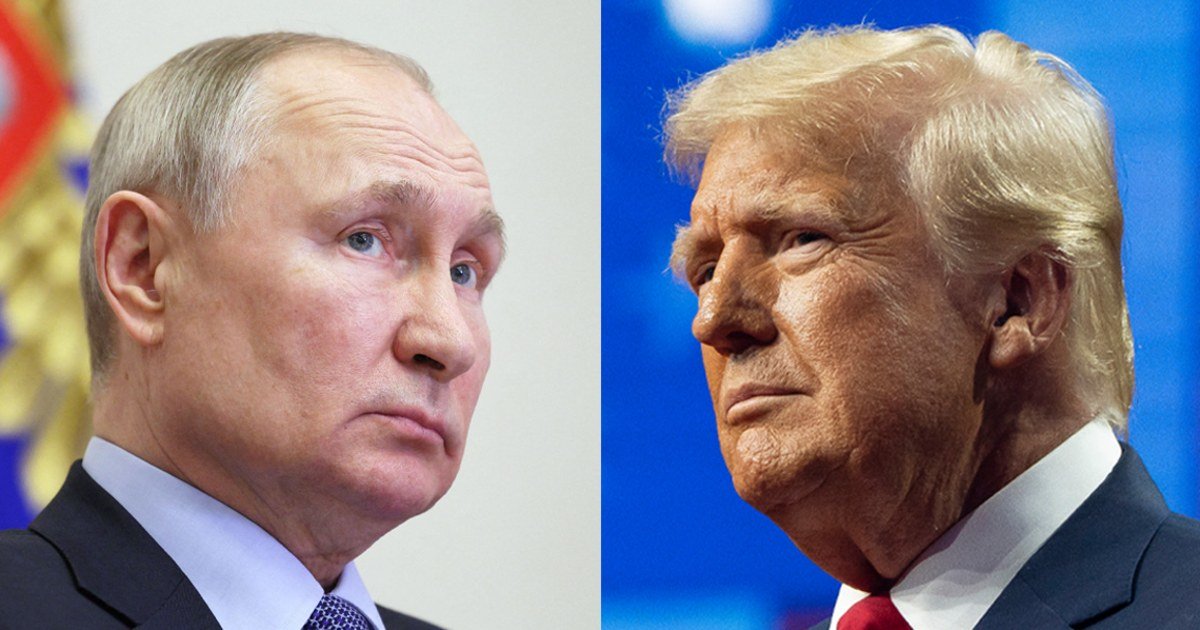
The Role of Nuclear Deterrence: Analyzing the Risk and the Potential for Miscalculation
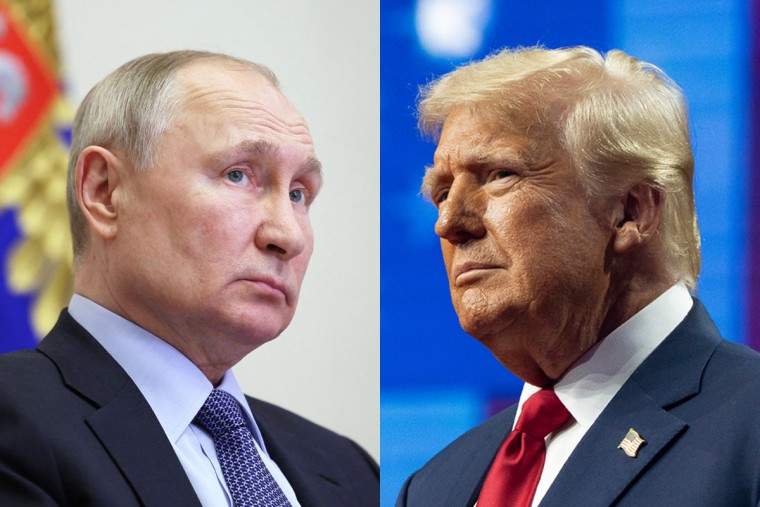
The escalating rhetoric surrounding the conflict in Ukraine has brought the specter of nuclear war back into the realm of serious discussion. While the direct use of nuclear weapons remains highly unlikely, the risk of miscalculation, especially in a volatile geopolitical landscape, cannot be ignored. The concept of nuclear deterrence, which posits that the threat of mutually assured destruction (MAD) will prevent nuclear war, is a cornerstone of international security. However, the current situation raises crucial questions about the efficacy and potential dangers of this doctrine in the face of heightened tensions and unpredictable actors.
One of the primary concerns is the potential for miscommunication or unintentional escalation. In a crisis situation, where information flows are disrupted and tempers are high, even seemingly minor incidents could be misinterpreted, leading to a dangerous chain reaction. The reliance on technological systems for communication and command and control further amplifies this risk, as technical glitches or cyberattacks could trigger unintended consequences.
Moreover, the increasing number of nuclear-armed states and the proliferation of advanced delivery systems complicate the picture. The advent of hypersonic missiles, which can travel at speeds exceeding Mach 5, adds another layer of complexity, as their rapid trajectory and maneuverability make them more difficult to track and intercept. The possibility of a first strike, even if unintended, becomes a more real threat in this context.
Another significant factor is the role of non-state actors. The increasing involvement of terrorist groups and other non-state entities in regional conflicts raises the specter of nuclear terrorism. The potential for these groups to acquire or steal nuclear materials and use them against civilian targets is a terrifying prospect that demands immediate attention.
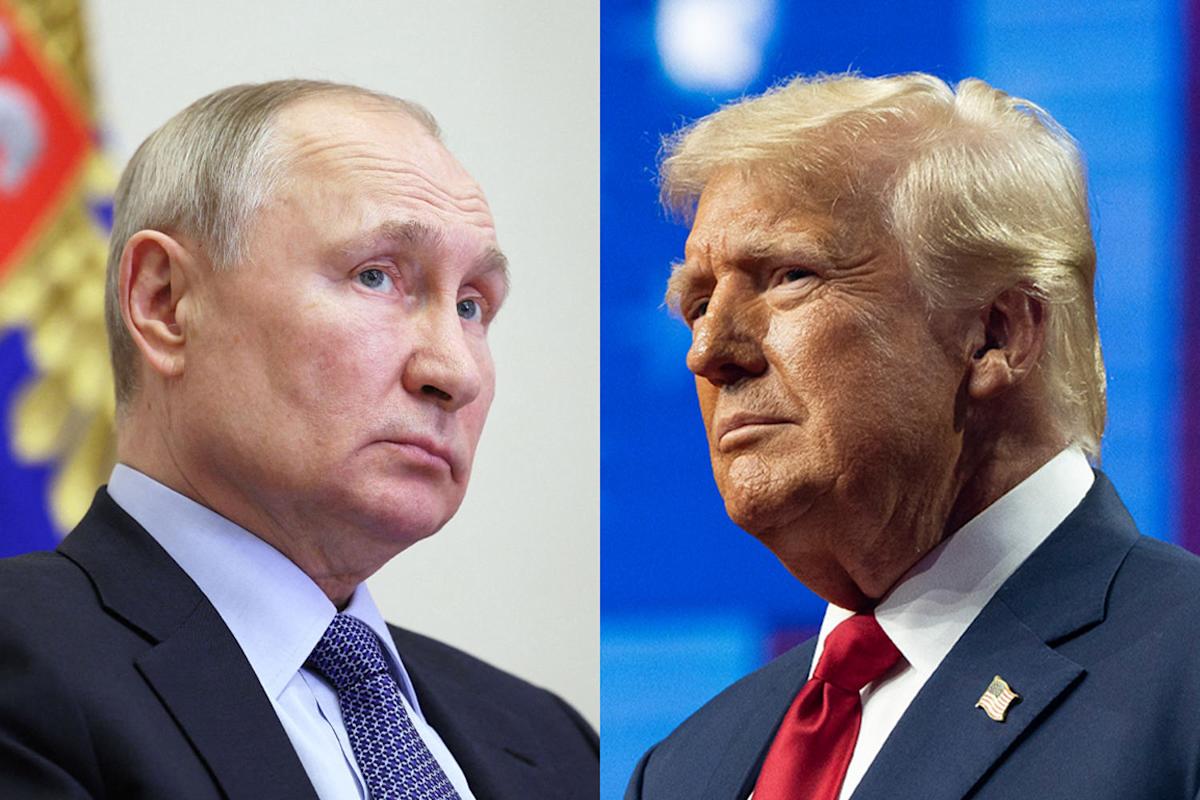
The Kremlin’s Response and the Diplomatic Tightrope
In the face of mounting international pressure and the escalating rhetoric from Washington, the Kremlin has responded with a mixture of defiance and calculated diplomacy. While Russian President Vladimir Putin has yet to explicitly threaten the use of nuclear weapons, he has repeatedly warned against any attempts by NATO to intervene directly in the conflict. His recent statements about the strategic readiness of Russia’s nuclear forces have served as a potent reminder of Moscow’s military capabilities and its willingness to use them if necessary.
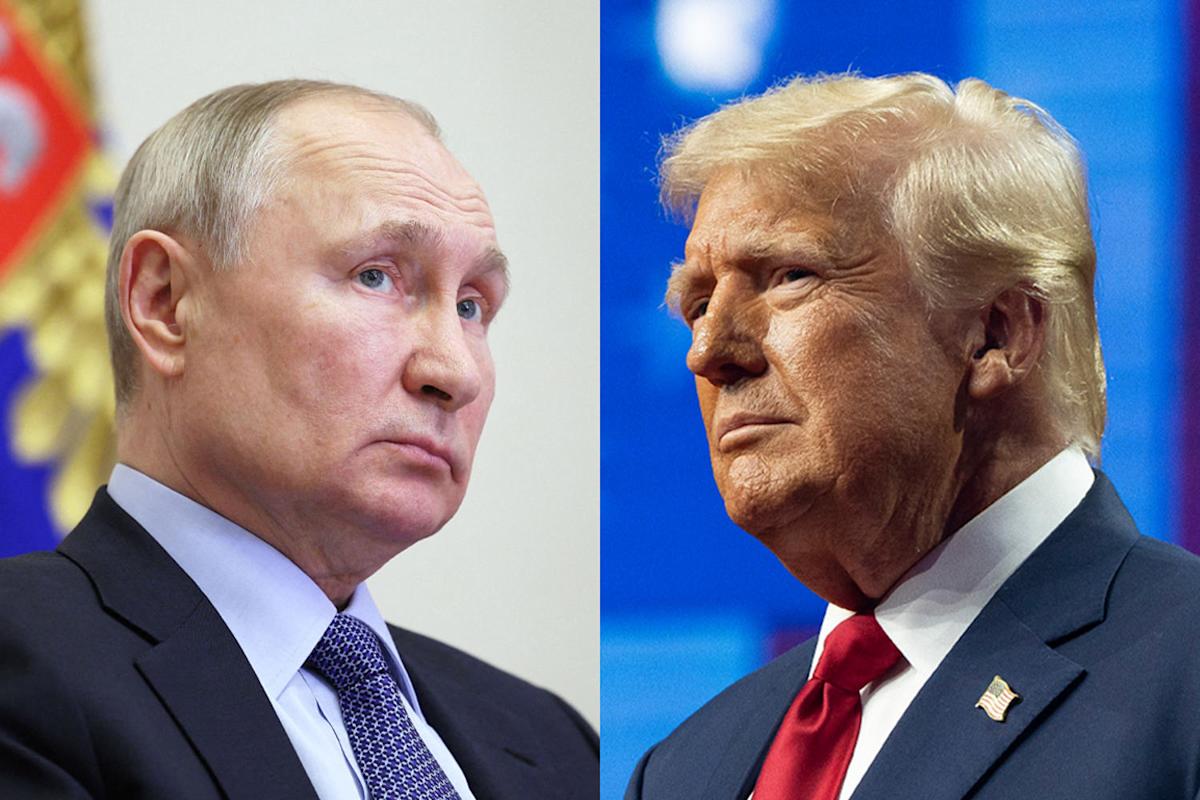
Peskov’s Downplaying: A Calculated Attempt to Manage the Narrative
Kremlin spokesperson Dmitry Peskov has attempted to downplay the tensions, emphasizing the need for dialogue and a diplomatic solution. However, his carefully worded statements often contain veiled threats and warnings, suggesting that Russia is prepared to defend its interests by any means necessary. The Kremlin’s strategy appears to be a combination of seeking concessions from the West while simultaneously projecting an image of strength and resolve.
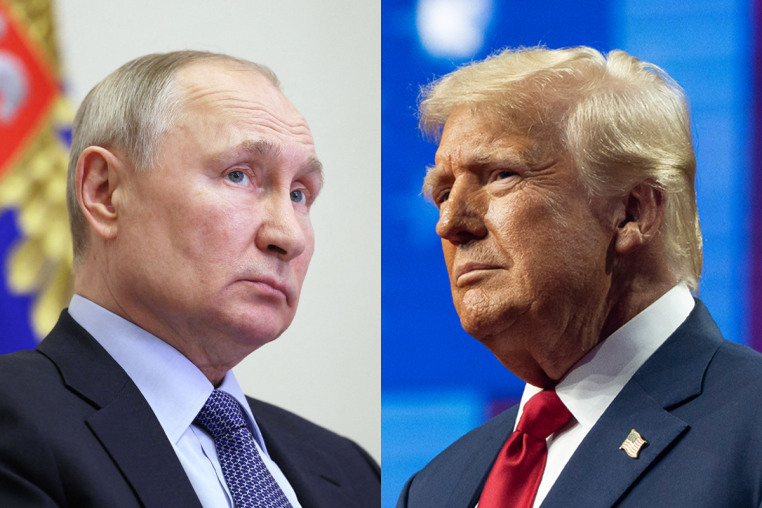
The Memorandum of Understanding: A Glimmer of Hope or Another Russian Maneuver?
Russia’s insistence on a memorandum of understanding outlining its demands for a ceasefire has been met with skepticism by Kyiv and its Western allies. While Moscow claims that the memorandum is a genuine attempt to find a peaceful resolution, many observers believe it is a tactic designed to buy time and further consolidate Russia’s control over occupied territories.
Russia’s Demands and Ukraine’s Resistance: A Deepening Divide
The fundamental differences between Russia’s demands and Ukraine’s unwavering resistance to ceding any territory have created a seemingly insurmountable obstacle to a negotiated settlement. Russia’s insistence on preventing Ukraine from joining NATO, recognizing the annexation of Crimea, and accepting a neutral status is seen by Kyiv as a surrender to aggression and a betrayal of its national sovereignty. The deepening divide between the two sides suggests that the conflict could drag on for years to come.
Gamestanza’s Take: Navigating the Digital War Zone
The escalating tensions between Russia and Ukraine have blurred the lines between traditional warfare and information warfare. In this increasingly digital battlefield, the Kremlin is utilizing a multi-pronged strategy to shape narratives, sow discord, and undermine Western resolve. Gamestanza continues to analyze this evolving landscape, striving to provide our readers with a clear and unbiased understanding of the complex dynamics at play.
The Impact of Social Media on International Relations: Trump, Medvedev, and the Power of the Tweet
The use of social media platforms like X (formerly Twitter) by world leaders has significantly amplified the impact of their pronouncements. Trump’s impulsive tweets and Medvedev’s provocative statements have contributed to the escalating rhetoric, bypassing traditional media channels and directly influencing public opinion. While social media can provide a platform for citizen engagement and information sharing, it can also be weaponized to spread disinformation, incite violence, and manipulate perceptions.
The Blurred Lines Between Reality and Perception: How Information Warfare Shapes Public Opinion
The proliferation of fake news, propaganda, and deepfakes has created a fertile ground for misinformation to thrive. The Kremlin’s sophisticated disinformation campaigns aim to sow doubt, create divisions, and undermine trust in Western institutions. Understanding the tactics of information warfare is crucial for discerning fact from fiction and navigating the complexities of the digital information landscape.
Staying Informed and Engaged: The Role of Media Literacy in the Age of Digital Conflict
In this era of information overload, critical thinking and media literacy are essential skills for navigating the digital war zone. Gamestanza encourages our readers to question sources, verify information, and be aware of potential biases. By developing these skills, individuals can become more discerning consumers of information and contribute to a more informed and resilient society.
Conclusion
The recent escalation of rhetoric from former Russian president Dmitry Medvedev, casting the shadow of World War III over the Ukraine conflict, is a chilling reminder of the dangerous precipice we teeter on. Medvedev’s stark warnings, coupled with Russia’s continued military aggression, paint a grim picture of a global standoff with potentially catastrophic consequences. This isn’t just about geopolitical maneuvering; it’s about the very fabric of international peace and stability being tested. The world watches with bated breath, hoping for a de-escalation, but the specter of global conflict looms large.
The implications are far-reaching, extending beyond the immediate theater of war in Ukraine. The potential for nuclear escalation, the rise of global tensions, and the disruption of international trade and diplomacy are just some of the chilling realities we face. This isn’t a game; it’s a life-or-death struggle for the future of our world. The choices made by world leaders in the coming days and weeks will have repercussions felt for generations to come.
As the world stands at this crossroads, one question resonates with stark urgency: Will we allow fear and aggression to dictate our destiny, or will we find the courage and wisdom to forge a path towards peace? The answer, ultimately, lies in our collective hands.